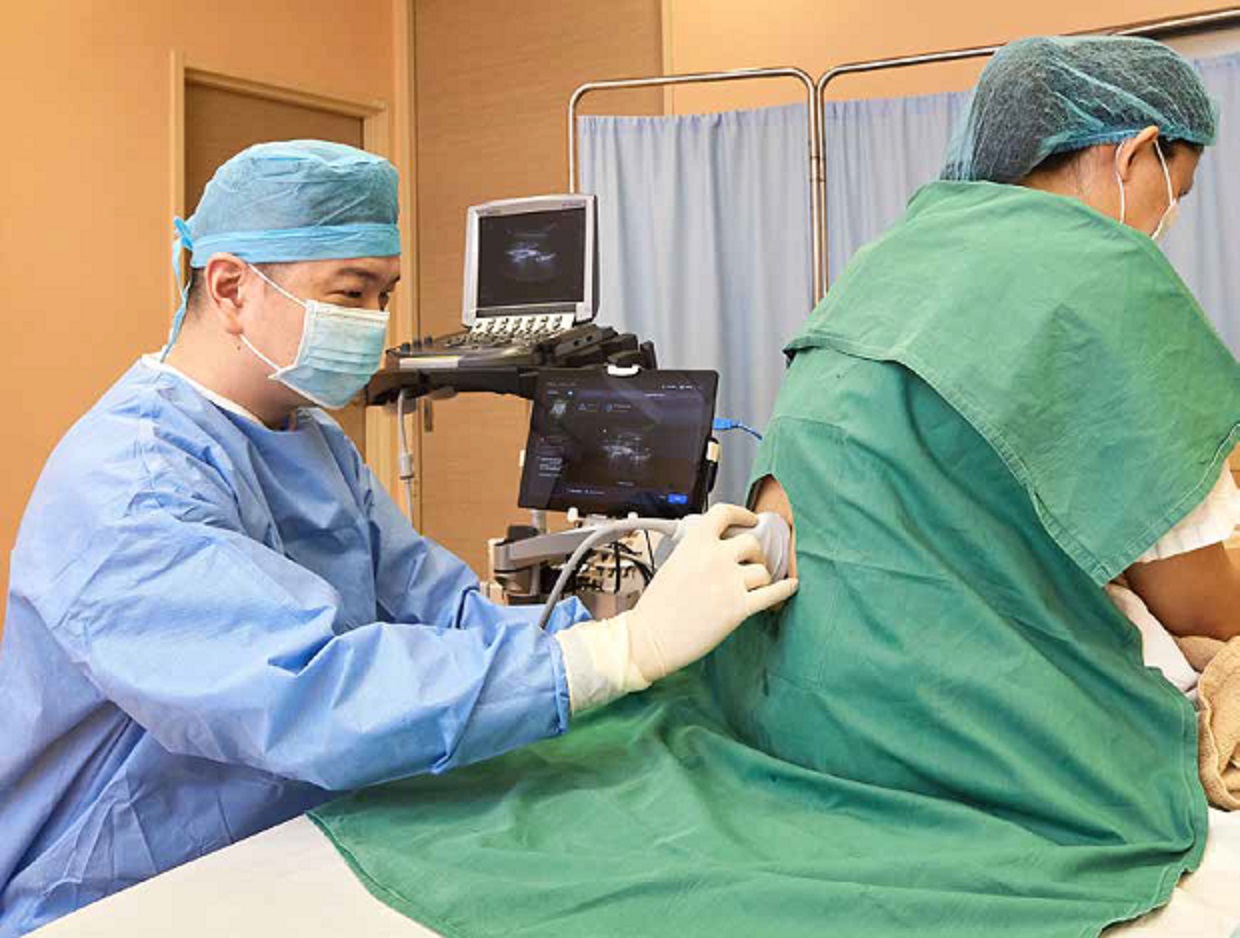
SingHealth plans to implement uSINE, an innovative AI system, for precise spinal anaesthesia procedures across Singapore. uSINE, developed in collaboration with the National University of Singapore, uses ultrasound and AI to identify spinal landmarks during scans, achieving high success rates in needle insertion. The technology, licensed to HiCura Medical, aims to improve anaesthesia quality, reduce complications, and benefit pregnant women, particularly those with challenging spinal landmarks. Trials are also planned in Australia, the United States, and Europe.
SingHealth is aiming to introduce an innovative AI tool for accurate spinal anaesthesia procedures throughout Singapore. The technology has already been successfully implemented at KK Women’s and Children’s Hospital.
The AI system, known as uSINE, was developed in collaboration with the National University of Singapore and is recognized as the world’s first software to utilize ultrasound and AI in automatically identifying spinal landmarks during an ultrasound scan. Through a proprietary machine-learning algorithm, uSINE provides real-time alerts to anaesthetists, pinpointing the correct location and angle for needle insertion.
Clinical studies have demonstrated uSINE’s effectiveness, achieving a 92% success rate in the first attempt of spinal anaesthesia needle insertion in healthy-weighted women and 82% in obese women. This surpasses the success rates of the conventional manual method, which stand at 70% and 43% for healthy-weighted and obese women, respectively.
SingHealth plans to implement uSINE across its facilities as early as this year. Further clinical trials are also being organized in Australia, the United States, and Europe. Local medical device company HiCura Medical has obtained the licensing rights for commercializing the AI system.
The implementation of uSINE will greatly benefit pregnant women, particularly those with challenging spinal anaesthesia landmarks, with a notable proportion being obese. The prevalence of obesity during pregnancy is on the rise in Singapore, accounting for approximately 10% of the pregnant population.
The conventional manual identification of spinal landmarks is a complex procedure that relies on the doctor’s anatomical knowledge, skills, and experience. It becomes even more challenging in patients who are obese, have an abnormal spine, or have undergone previous spine surgery, as explained by Associate Professor Sng Ban Leong from KKH.
In the broader context, AI and robotics have been explored for precise needle placement in minimally invasive surgeries. For instance, NDR Medical Technology, a Singaporean company, has developed the ANT-X (automated needle targeting system with X-ray), which automates needle puncture to human organs using AI and X-ray technology.
Associate Professor Sng emphasized the significance of uSINE, stating that it utilizes AI to enhance the success rate of precise spinal needle insertion on the first attempt. This improvement in anaesthesia quality reduces complications such as nerve irritation, blood collection in spinal tissues, or, in rare cases, neurological injury.

